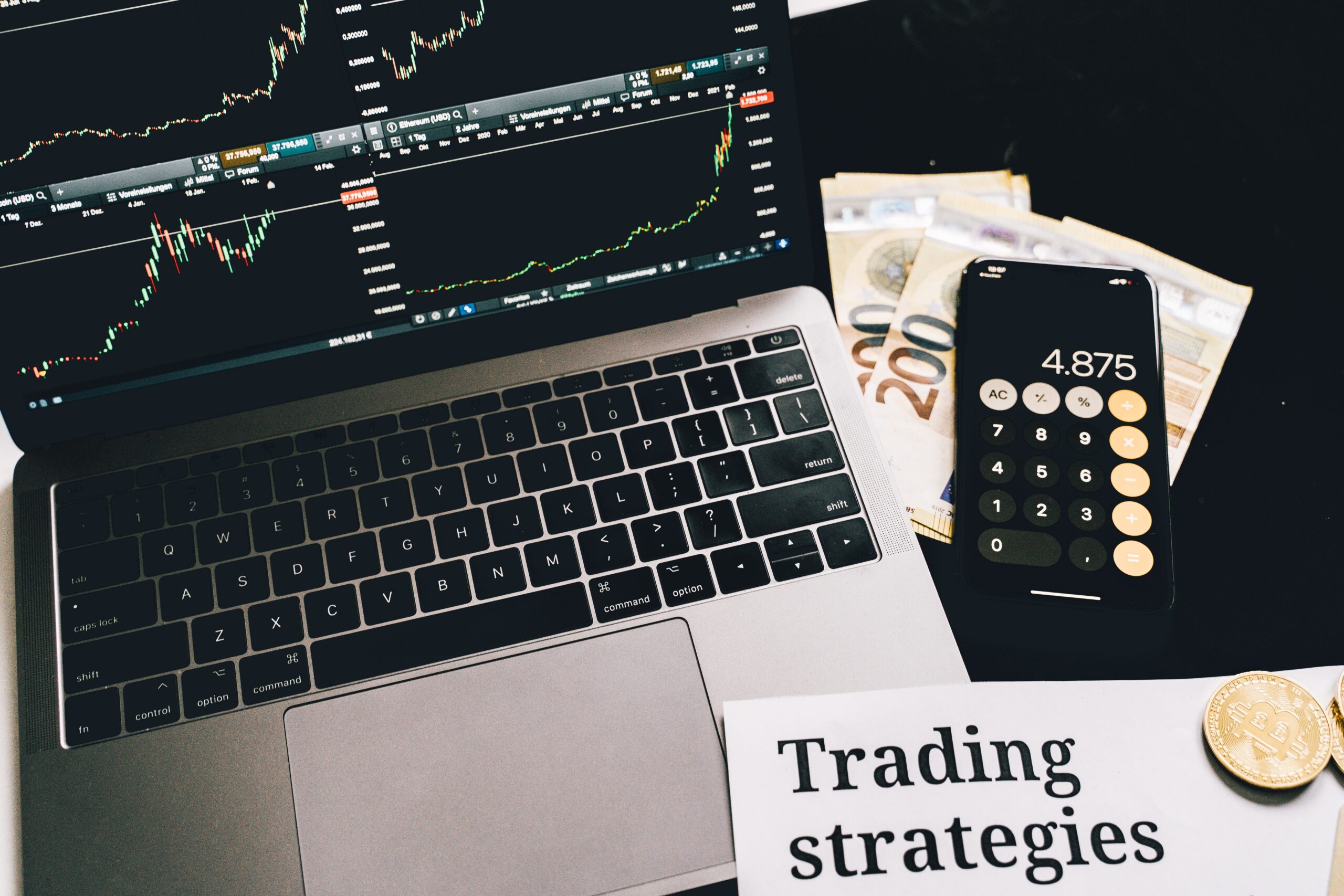What is CHOP Index?
The Choppiness Index (also called the Chop Index, CI, or CHOP) is a measure of market volatility that was created by E. Dreiss, an Australian commodity trader. CHOP looks at how quickly the market moves. It figures out if the market is going up, down, or "standing still" (choppy...

The Choppiness Index (also called the Chop Index, CI, or CHOP) is a measure of market volatility that was created by E. Dreiss, an Australian commodity trader. CHOP looks at how quickly the market moves. It figures out if the market is going up, down, or “standing still” (choppy market, or volatile market). It’s important to note that the volatility index has no direction, which is different from other indicators. This means that it can’t show how prices are moving or how other indicators are moving. Let’s find out what the Choppiness Index is and how to use it.
What is CHOP Index
The CHOP index is an oscillator indicator, and its value can be anywhere from 0 to 100. Low readings suggest a possible move in the direction of the trend, while high readings show consolidation or movement in a sideways direction. The formula for the volatility index is based on the “true range” values for a certain number of periods.
Most of the time, traders use Fibonacci ratios as a starting point when counting the values of the CI index. Fibonacci ratios, which are also Fibonacci retracement levels, are shown when a number in the Fibonacci sequence is divided by the number that comes after it or by the number two places to the right. The Fibonacci sequence is a list of numbers where each number is the sum of the two numbers before it: 0, 1, 1, 2, 3, 5, 8, 13, 21, 34, 55, 89, etc.
What is the Chop Index and Where to Use It?
For traders to “read” the volatility index correctly, they need to know that this indicator does not show which way prices will move. As was already said, it shows that there is a trend in the market or that the price line is moving sideways (which means that there is no volatility in the market). CHOP should be used with other technical indicators like the RSI (Relative Strength Index) or moving averages to confirm any signals and figure out where prices are going.
Based on where the CHOP line is in relation to the midpoint line, traders can use the volatility index to figure out if prices will continue to move all over the place.
The Choppiness index can be used in a lot of different ways. For example, traders use the volatility index to look for possible breakouts. A breakout happens after a certain amount of time when the price has stayed in a range or stayed the same. When the price goes outside of the range, this is called a “breakout.” Depending on the direction of the breakout, new highs or lows can be made.
After moving sideways for a long time, the market will break out. It is also likely that the trend movement will stop at some point and that the market will start to settle down.
Some traders may also look at the CHOP line’s highs (peaks) and lows (troughs) to find possible price signals. So, they can keep track of a series of peaks and valleys that haven’t crossed the upper or lower threshold of the CHOP indicator and figure out if the price movement will stop or turn around.
Obviously, these signals depend a lot on the pattern that each asset makes, so they can’t be put into a single rule.
The CHOP index can help you figure out which way the price of an asset is going or confirm whether or not there is a trend. This index is useful for both trend traders and range traders because of the way it is made up. But traders shouldn’t ignore the fact that this indicator has some flaws.
The Bottom Line
When answering the question, “What is the Chop index?” keep in mind that it is based on past data and can’t tell you how prices will move in the future. Also, CHOP is not a trading indicator that can be used on its own. But when used with price action and momentum, volume, or trend indicators, it can be very useful.
